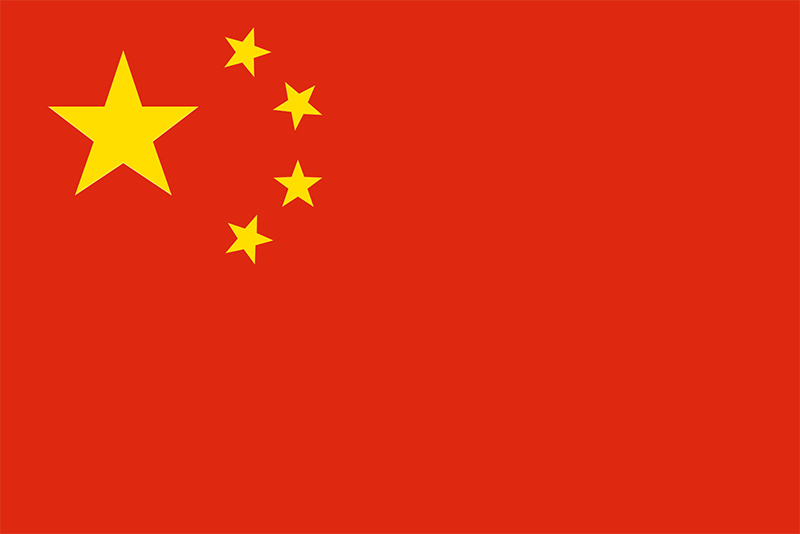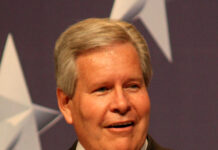U.S. Senator Roger Wicker, R-Miss., ranking member on the Senate Armed Services Committee, today released the following statement in response to press reports regarding the Chinese spy balloon’s intelligence-collecting capability when flying over U.S. military bases in February:
“We have consistently learned more from press reports about the Chinese surveillance balloon than we have from administration officials,” Wicker said. “These revelations clearly demonstrate that the administration made an unacceptable mistake. I will not abandon my oversight efforts to discover the full range of information related to this event, and I intend to hold this administration accountable. It is critical that Congress also explore the capability and protocol improvements at the Department of Defense that are necessary to prevent something like this failure from ever happening again.”
Read Senator Wicker’s requests for information to the Department of Defense below. Read more about Senator Wicker’s work on the balloon issue here and here.
- General Austin, Thank you for your response to the questions that Senator Rubio and I sent on February 8 regarding the Chinese surveillance balloon. I have additional questions. Please answer them in an unclassified form, except where a classified response is necessary, and please submit all unclassified answers in an unclassified format. Since these questions are for the public record, I expect that all unclassified answers will not be classified as controlled unclassified information (CUI), which would limit its distribution.
- On February 6, you called me on an unclassified line to provide an update on the high-altitude balloon (HAB). At the time, you indicated that you were not personally aware of the HAB on January 29, while it was still over Alaska, because you were traveling in Asia. You also couldn’t recall when you first learned of the HAB’s existence. In your March 27 response to the letter that Senator Rubio and I sent on February 8, however, you write that you were first notified of the HAB on January 27, prior to it entering U.S. airspace.
- Can you please explain the difference between what you told me on February 6 – which was that you had not known for a few days because you were traveling in Asia – and what you wrote in your letter, which is that you knew about the HAB and were tracking it all along?
- General VanHerck told us last week that he would have been prepared to present options to shoot down the HAB while it was over Alaska. Your letter makes it clear that you never requested options to shoot down the HAB until it traversed Alaska and Canada, and then reentered the United States. Why?
- Does NORAD currently have the ability to incorporate open source tracking of private and commercial balloons into the air defense picture? Following the public acknowledgment of the HAB, the Department of Defense said that it was aware of multiple previous Chinese surveillance balloons that had entered U.S. sovereign airspace. Who in the Department would have been responsible for developing options to counter balloons, in light of the Department’s awareness of this threat? Did that official or office develop those options? Why or why not?
- Prior to this case, did NORAD have courses of action (COAs) for addressing adversary operation of high-altitude, unmanned reconnaissance aircraft within the 12 NM line, or over territory? If so, were the HABs considered in light of the COAs? If not, what is NORAD’s future approach to any form of high-altitude reconnaissance that violates US airspace?
- Was a National Event Conference (NEC) held at any point for the HAB? Was one held for the Unidentified Aerial Phenomena (UAP) that were engaged by NORTHCOM aircraft after the Chinese HAB?
- Some commercial HABs have altitude capabilities up to 100,000 ft. Can NORAD maintain tracking of any adversary airframes that might operate at that altitude?
- At what point was weather modeling of the HAB’s flight path first incorporated into the planning? When was a flight path over the contiguous US first assessed?
- Under Secretary of Defense for Policy Colin Kahl led the Department’s public response to the HAB, providing multiple off-the-record media briefings and briefings to Congress.
- What steps, if any, did Under Secretary Kahl take to notify his superiors and develop response options from January 27-January 31, while the balloon was in Alaskan and Canadian airspace? Did Secretary Kahl make any recommendations pertaining to the HAB during that period, or direct his staff to develop options, and, if so, please explain?
- Until Under Secretary Kahl informed the press that three Chinese surveillance balloons had entered U.S. airspace during the previous administration, that information had been classified. I am concerned that Under Secretary Kahl leaked this information for partisan ends, because he left out an important fact, which was that the Trump administration was not aware of those previous balloons at the time, and therefore had no opportunity to counter them. You wrote in your March 27 response to the letter that Senator Rubio and I sent on February 8, “all information provided in unclassified settings had been appropriately cleared for release,” but you provide no information to support that claim.
- When, and through what process, was the information regarding prior Chinese surveillance balloons cleared for release, and who cleared it for release? Please provide all documentation to substantiate your response.

















